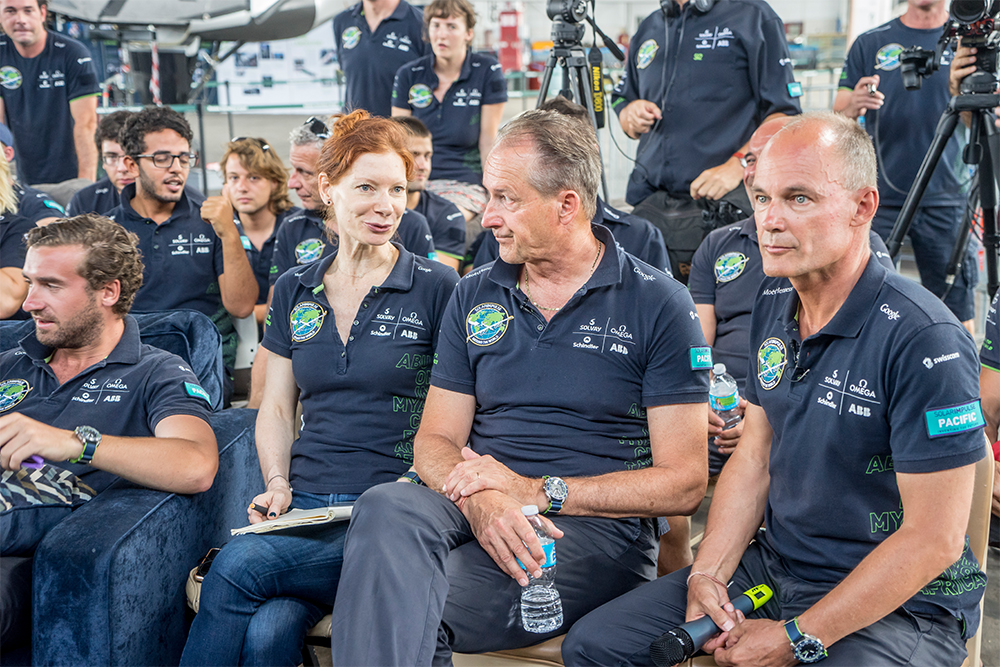IRREVERSIBLE DAMAGE TO OVERHEATED BATTERIES IN SI2 PUSHES THE SECOND HALF OF ROUND-THE-WORLD SOLAR FLIGHT TO EARLY SPRING 2016.
Despite the hard work of the team to repair the batteries which overheated in the record breaking oceanic flight from Nagoya to Hawaii, Si2 will stay in Hawaii until early Spring 2016.
During the first ascent on day one of the record-breaking oceanic flight from Nagoya to Hawaii, the battery temperature increased too much due to over insulation of the gondolas. And while the Mission team was monitoring this very closely during the mission leg, there was no way to decrease the temperature for the remaining duration of the flight as each daily cycle requires an ascend to 28’000 feet and descend for energy management issues.
Irreversible damage to certain parts of the batteries will require repairs which will last several months. In parallel, we will be studying various options for better cooling and heating processes for very long flights.
The University of Hawaii with the support of the Department of Transportation will host the airplane in its hanger at Kalaeloa airport. Post maintenance check flights will start in 2016 to test the new battery heating and cooling systems.
Solar Impulse is attempting a historic first of flying around the world only on solar energy. And while we have completed 8 legs, covering nearly half of the journey, setbacks are part of the challenges of a project which is pushing technological boundaries to the limits. We will try to complete the first ever round-the-world solar flight in 2016 and this delay will in no way influence the overall objectives of this pioneering endeavour.





That’s a pity … Looking forward to the next ohade!